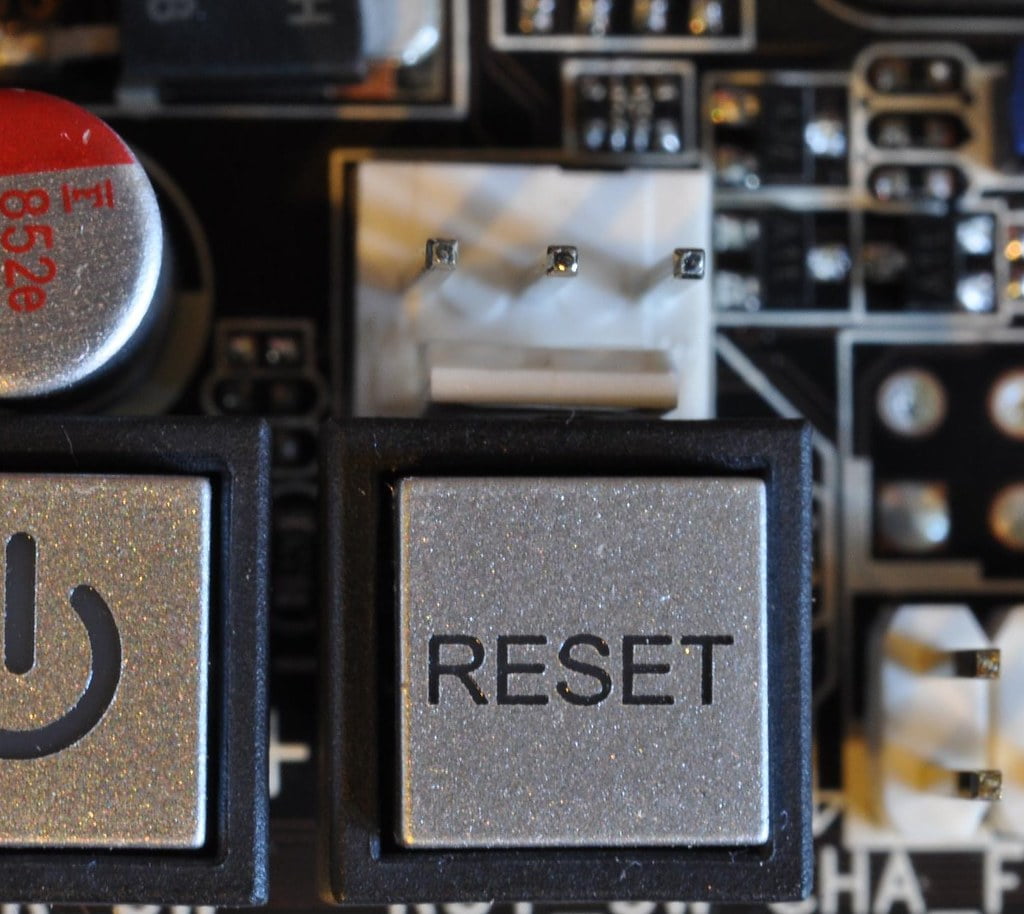This article provides a comprehensive guide to how run factory reset on windows 10, covering various methods to suit different scenarios and user preferences.
Factory resetting Windows 10 can be a useful solution for various issues, whether you’re preparing to sell your device, cleaning up your system, or resolving persistent software problems. This process restores your PC to its original state by removing all files and settings. Below, we will guide you through the steps to factory reset Windows 10 using four main methods.
1. Using the Settings Menu
The most straightforward way to reset your Windows 10 PC is through the Settings menu. This method is ideal for users who can still access their system without issues.
Step-by-Step Guide:
- Open Settings: Click on the Start menu and select the gear icon to open the Settings window.
- Navigate to Update & Security: In the Settings window, find and click on “Update & Security.”
- Select Recovery: From the left-hand menu, choose “Recovery.” This section includes options for resetting your PC, advanced startup, and more.
- Choose Get Started: Under the “Reset this PC” section, click on the “Get started” button.
- Select an Option: You will be presented with two options:
- Keep my files: This option removes apps and settings but keeps your personal files.
- Remove everything: This option removes all personal files, apps, and settings.
- Follow the Prompts: Depending on your choice, follow the on-screen instructions to complete the reset process. This may take some time, and your PC will restart several times.
2. Using Advanced Startup
If you’re unable to boot into Windows normally, you can use the Advanced Startup options to reset your PC. This method is useful if you’re experiencing severe issues that prevent normal startup.
Step-by-Step Guide:
- Access Advanced Startup:
- If your PC is on, navigate to Settings > Update & Security > Recovery > Advanced startup and click “Restart now.”
- If your PC is off, turn it on and immediately press and hold the power button until the PC shuts off. Repeat this process three times to trigger the Advanced Startup menu.
- Choose Troubleshoot: In the Advanced Startup menu, select “Troubleshoot.”
- Select Reset this PC: Click on “Reset this PC” to begin the reset process.
- Choose an Option: Similar to the Settings menu method, you will be given the choice to “Keep my files” or “Remove everything.”
- Follow the Prompts: Complete the process by following the on-screen instructions.
3. Using a Recovery Drive
Creating and using a recovery drive is a proactive way to ensure you can reset your PC if you encounter serious issues in the future. This method requires you to have a USB drive with sufficient storage capacity.
Step-by-Step Guide:
- Create a Recovery Drive:
- Insert a USB drive into your PC.
- Open the Start menu and type “Create a recovery drive” into the search bar. Select the matching result.
- In the Recovery Drive tool, ensure “Back up system files to the recovery drive” is checked and click “Next.”
- Select your USB drive and click “Next,” then “Create.” This process may take some time.
- Use the Recovery Drive:
- Insert the recovery drive into the PC you want to reset.
- Restart the PC and boot from the USB drive (you may need to change the boot order in the BIOS/UEFI settings).
- Once the Recovery Drive loads, select “Troubleshoot” and then “Recover from a drive.”
- Choose “Just remove my files” or “Fully clean the drive,” and follow the prompts to complete the reset.
4. Using Command Prompt
For advanced users, the Command Prompt provides a powerful way to reset Windows 10. This method can be particularly useful if you cannot access the Settings menu or Advanced Startup options.
Step-by-Step Guide:
- Access Command Prompt:
- If you can boot into Windows, open the Start menu, type “cmd,” right-click on Command Prompt, and select “Run as administrator.”
- If you cannot boot into Windows, use the Advanced Startup method to access the Command Prompt (Advanced Startup > Troubleshoot > Advanced options > Command Prompt).
- Execute the Reset Command:
In the Command Prompt window, type the following command and press Enter:
Copy code
systemreset -factoryreset
- You may be prompted to choose between “Keep my files” and “Remove everything.” Make your selection and follow the on-screen instructions.
- Complete the Reset: Allow the process to finish, which will involve several restarts and may take some time.
Additional Tips and Considerations
- Backup Important Data: Before performing a factory reset, ensure you have backed up any important data. This process will remove files, and while the “Keep my files” option preserves personal data, it’s always best to have a backup.
- Check for Updates: After resetting your PC, check for and install any Windows updates to ensure your system is secure and up to date.
- Reinstall Apps: You will need to reinstall any applications that were removed during the reset process. Make a list of essential apps beforehand to streamline this task.
Conclusion
Factory resetting Windows 10 is a straightforward process that can resolve various system issues and restore your PC to a clean state. Whether you use the Settings menu, Advanced Startup, a recovery drive, or the Command Prompt, each method offers a reliable way to reset your system. Always remember to back up your important data before proceeding and to keep your system updated after the reset. By following these steps, you can ensure a smooth and effective factory reset experience.

